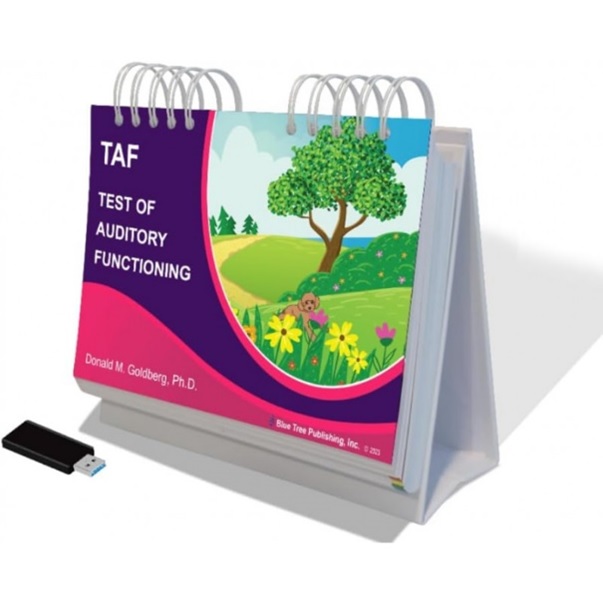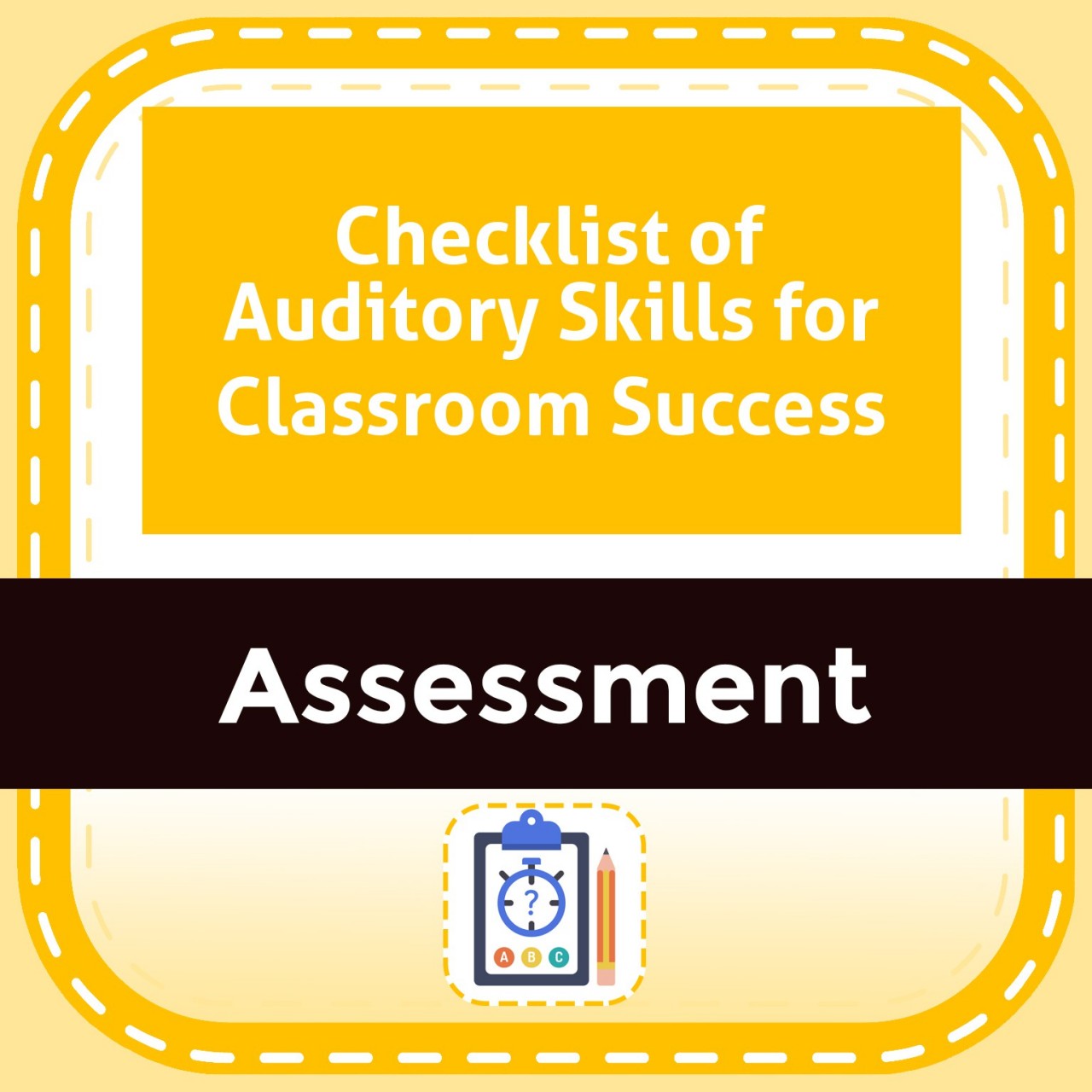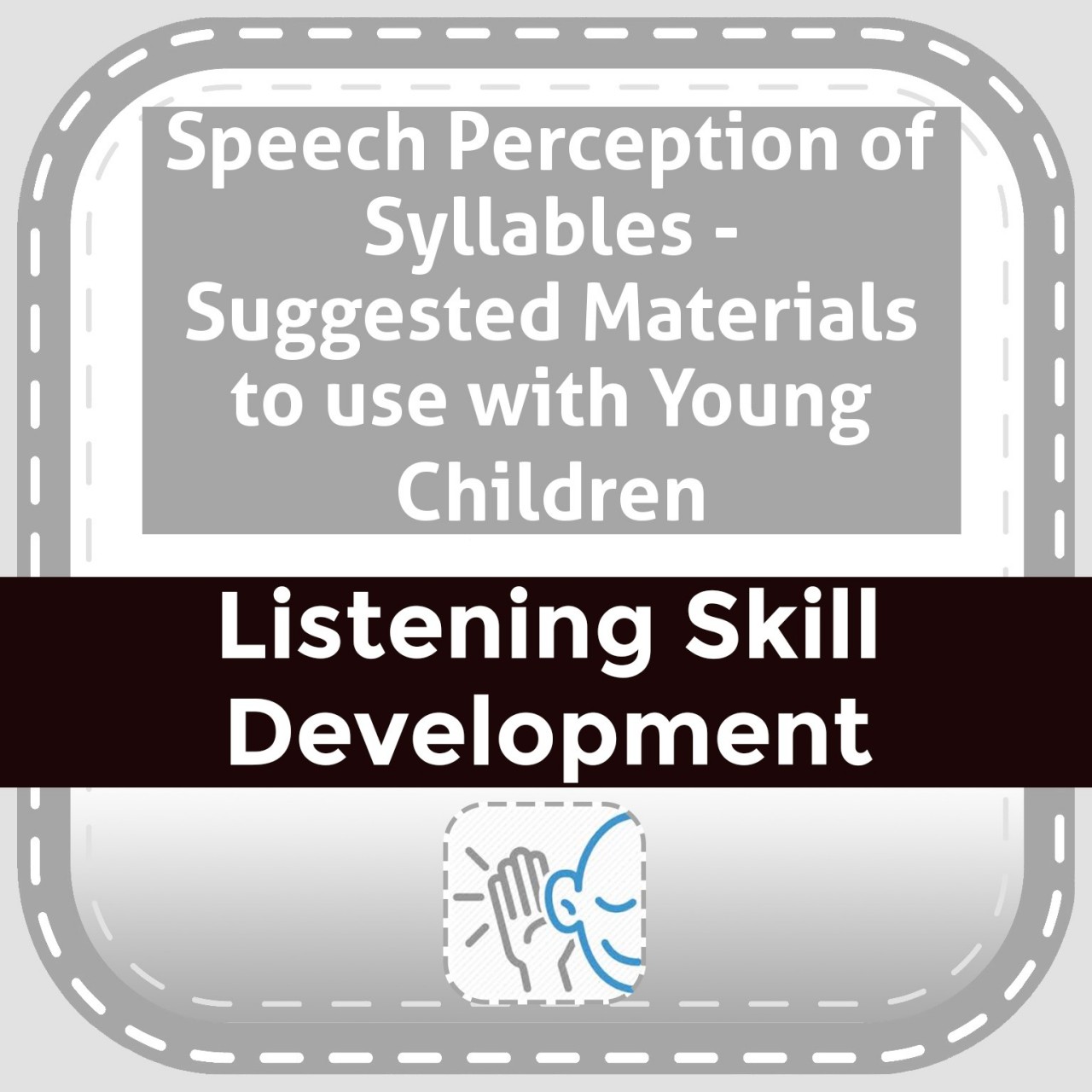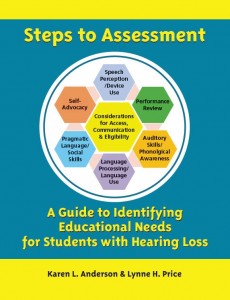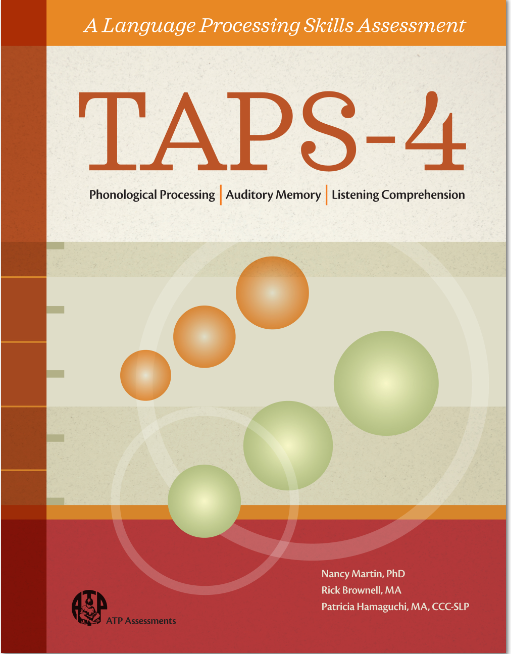Description
Replaces the Test of Auditory Comprehension (TAC) developed in the 1970’s.
For Teachers of the Deaf/Educators of the Deaf Special Education Teachers working with children who are deaf or hard of hearing; for Educational Audiologists and SLPs working with children who are deaf or hard of hearing.
- Includes 19 Subtests From Duration Discrimination to Listening Comprehension (0 SNR)
- Target Population: Approximately 2-year-olds to middle school children with hearing loss using Hearing Aid/s, Cochlear Implant/s
- for mainstreamed student who is deaf or hard of hearing
- 1 HA & 1 CI (bimodal), “bone-anchored” systems, and/or other Assistive Listening Devices. A criterion-based assessment of listening abilities for Annual Administration for documentation of your IEP/504-based intervention plan effectiveness
- Beautifully illustrated 172 page easel (including BIPOC illustrations),
- Comes with USB drive with ALL required Audio clips.
- Free downloadable Score Sheets
- Free downloadable Manual/Administration Instructions
- Final Subtests measure auditory abilities with Competing Messages
- 3 noise levels: + 10 signal-to-noise ratio (SNR); + 5 SNR; 0 SNR
Test of Auditory Functioning (TAF) by Donald M. Goldberg
Reviewed by Carol Flexer
Those of us in the auditory brain development business, such as listening and Spoken Language Specialists (LSLS), educational audiologists, speech/language pathologists, members of cochlear implant teams, and teachers of the deaf, have been waiting for this test! Developed by Donald M. Goldberg, PhD, CCC-SLP/A, LSLS Cert. AVT, the Test of Auditory Functioning (TAF) is a criterion-based assessment tool for children from approximately two years of age through middle school.
The TAF is designed for annual administration to children who are deaf or hard of hearing for the purpose of identifying their current level of auditory functioning and cataloging their yearly progress.
To explain, criterion-based tests measure performance against a fixed set of standards. So, the TAF looks at an individual child’s auditory functioning/skill attainment from one year to the next. The child’s auditory skills are not compared to other children, like in a norm-referenced test. Rather, the child’s auditory skills are compared only to the child him/herself over the years.
The TAF includes 19 subtests, ranging from suprasegmental discrimination through listening comprehension with competing noise/messages, and is based on the auditory hierarchy and landmark work of Norman Erber.
Here’s what I like about the TAF: (I love the whole test; here are some specific features.)
- The TAF was field tested on 125 children who are deaf or hard of hearing in the USA, Israel, England, and Australia. This extensive field testing showed the test’s appropriateness for toddlers through early adolescence.
- Even though the target population is children, many of the subtests are also appropriate for adults.
- The TAF comes with a 172-page easel and a small USB drive with all required audio clips, calibration tone, score sheets, manual, and detailed administration instructions.
- The Manual is excellent and includes guidance on selecting the appropriate subtest to begin administration of the TAF, and ceiling recommendations.
- There is a complete script for each test item.
- The 19 subtests have an excellent progression, beginning with suprasegmentals and continuing through sequencing and then listening comprehension (using original stories) with competing noise/messages.
- The subtests are numbered and color-coded on the easel for ease of use.
- The illustrations on the172-page easel are original, colorful, clever, and fun.
- The score sheets are free and downloadable.
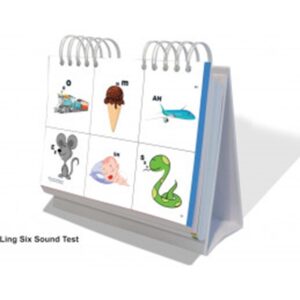
Tips:
- First, check the child’s technology. We want the best possible signal/auditory information to reach the child’s brain. If the child’s technology is faulty, the TAF results will be worthless.
- Download a calibration app for your phone or iPad or purchase an inexpensive SLM because the test material coming from your computer needs to be calibrated, often several times during test administration. Because the test is performed in a typical (hopefully quiet) room, it’s important to verify consistency of the calibration; 76 dBA at the position of the child’s head. The TAF USB drive has the calibration tone that you will use.
- Read the instruction Manual thoroughly. It’s excellent!
- Even if you are an experienced test administrator, have at least one practice session to become comfortable with the easel, score sheets, and your presentation of the audio clips.
- The score sheet will be much easier to read if it is downloaded using a color printer.
- Don’t confirm or deny the accuracy of the child’s response. The TAF will likely be given once a year for a number of years to evaluate the child’s progress, and we don’t want to unintentionally teach the correct response to an item.
Summary:
I highly recommend this test! The TAF exemplifies a research to practice paradigm, and is the culmination of Dr. Goldberg’s years of research into auditory functioning coupled with his vast clinical experience and expertise.
Dr. Goldberg designed the test for annual administration to children who are deaf or hard of hearing for the purpose of identifying their current level of auditory functioning and cataloging their yearly progress. And the TAF does exactly what it is intended to do – identify the development of the child’s listening brain!
Thank you, Dr. Goldberg, for developing this much needed Test of Auditory Functioning!
Product Details: 8.5” x 6.25” x 1” | Heavy cardstock | 172 pages | Spiral bound | Double-sided cards | Includes USB drive

